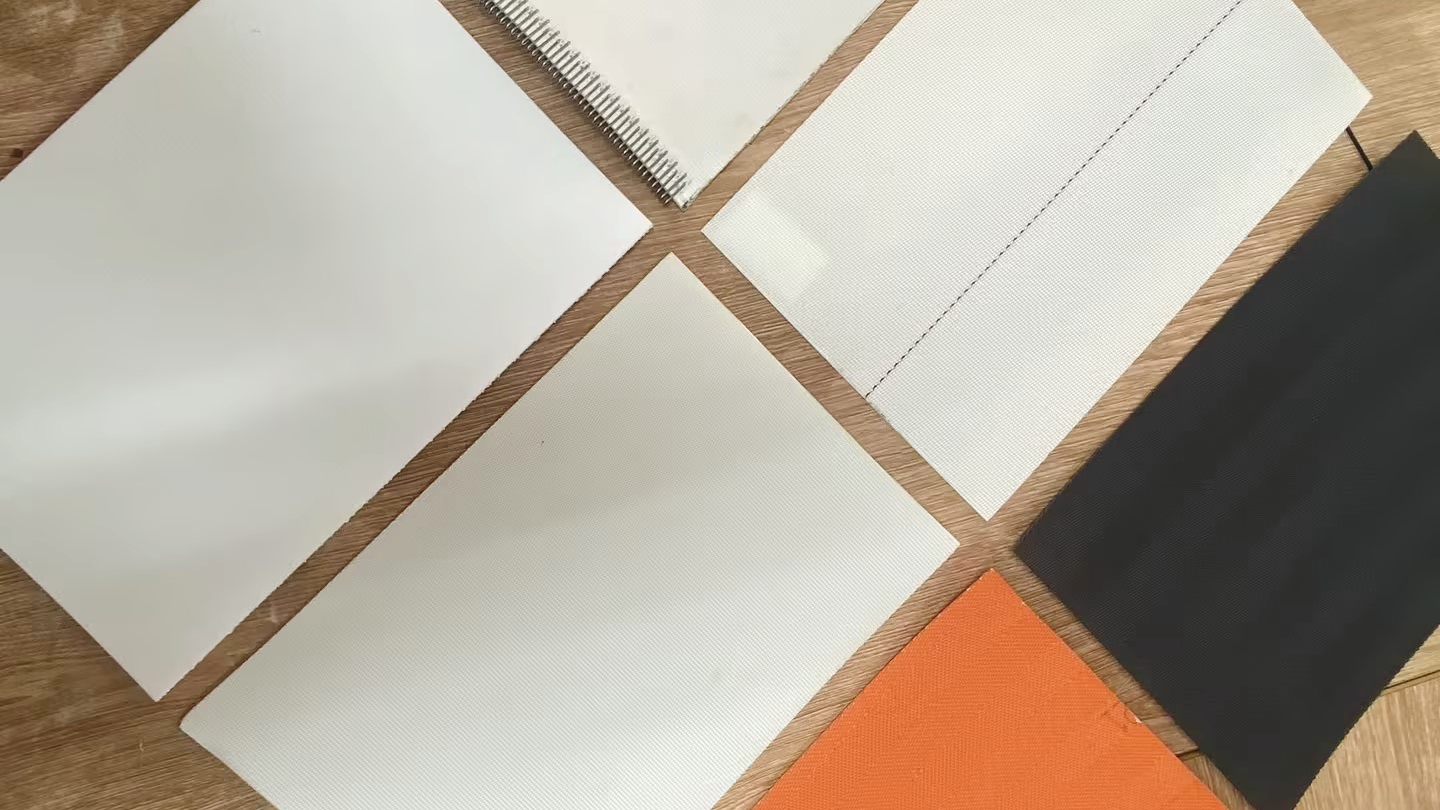
In industrial solid–liquid separation, the performance of the filter cloth relies heavily on the filtration equipment it works with. Different types of filtration equipment have distinct operating principles, structural features, and working conditions, all of which directly influence the selection of the appropriate filter cloth. Understanding the characteristics of the equipment is the foundation for choosing the right filtration fabric.

First, various filtration systems impose different requirements on filter cloth. For example, belt filter presses operate continuously and require the filter cloth to withstand constant tension and material load. Therefore, tensile strength, joint structure, and dimensional stability are critical. Excessive elongation or weak joints may cause deviation, breakage, or reduced output.
In contrast, plate and frame filter presses operate under high pressure to compact slurry. In such equipment, the filter cloth must have high bursting strength, strong compression resistance, and stable dimensions to prevent deformation under pressure. The cloth must also fit the filter plate accurately to ensure proper sealing.
For vacuum drum filters, the focus shifts toward resistance to bending fatigue and uniform surface characteristics, as the cloth undergoes continuous flexing during operation.
Second, the working pressure of the equipment directly determines the strength grade of the filter cloth. High-pressure environments require high-strength, low-elongation materials. The filtration cycle is another key factor. Industries that require rapid cycles should choose filter cloths with excellent cake-release properties, easy cleaning, and smooth surface structure to reduce downtime and improve overall productivity.
Equipment installation methods also play an important role. Different systems may use various fastening or mounting structures, which determine the required edge reinforcement, dimensional tolerance, and interface design. Improper installation can lead to wrinkling, misalignment, or accelerated wear, significantly reducing service life.
In summary, selecting the right filter cloth requires a thorough understanding of the filtration equipment's working principles and conditions. Only when the material properties, structural design, and equipment requirements are precisely matched can filtration efficiency, operational stability, and service life be maximized.